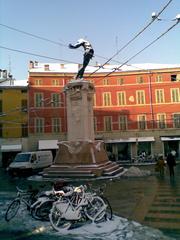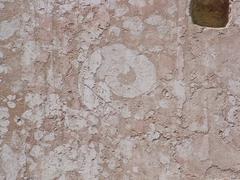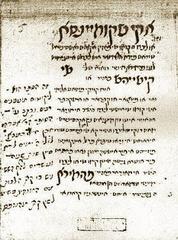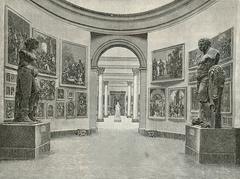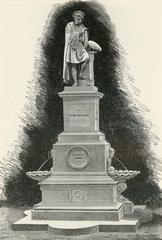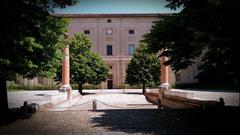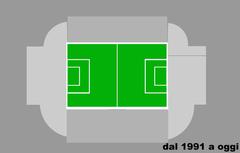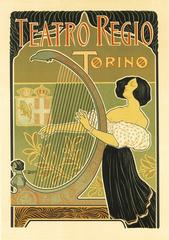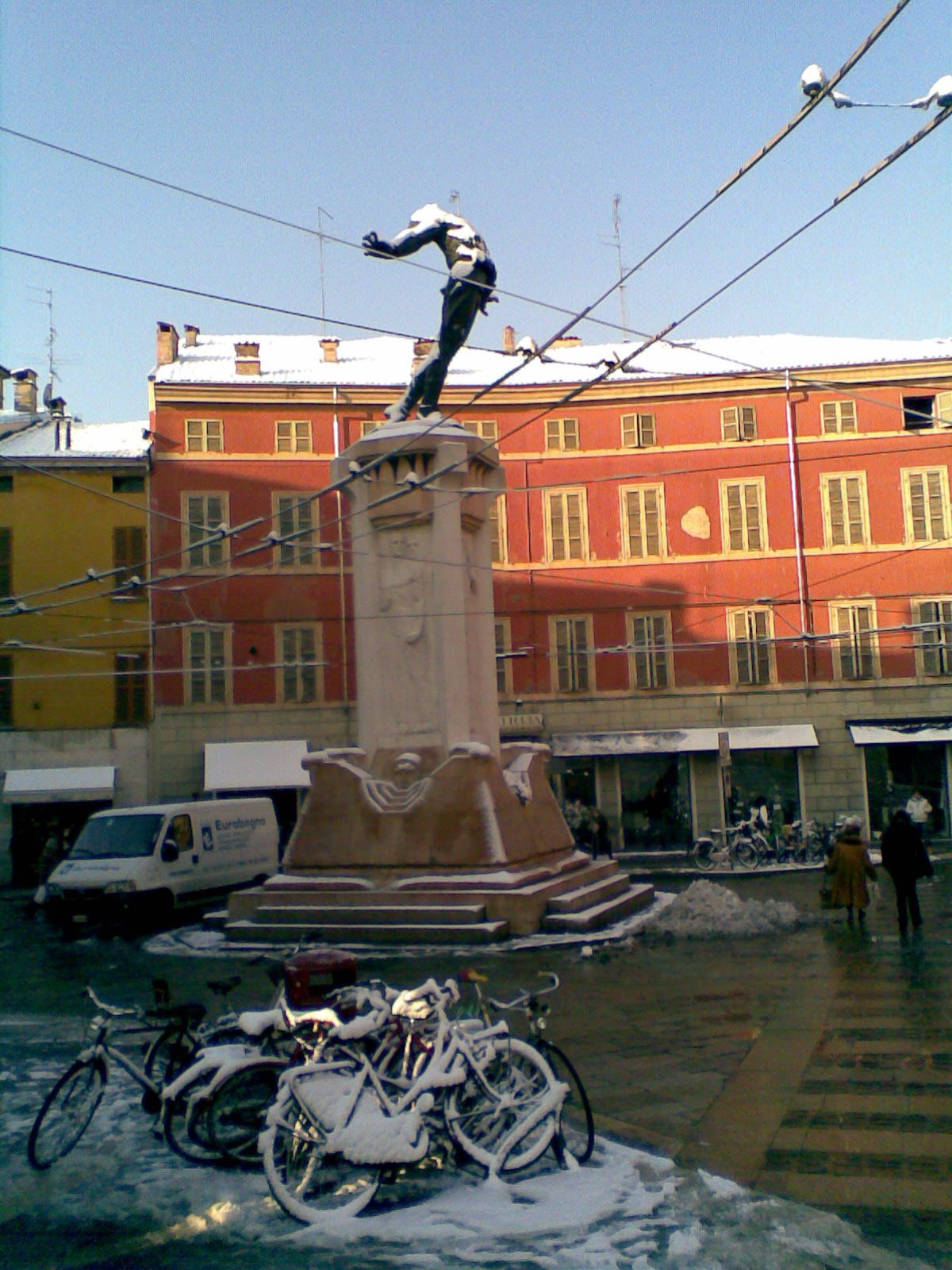
Monumento a Filippo Corridoni: Visiting Hours, Tickets, and Guide to Parma’s Historical Landmark
Date: 14/06/2025
Introduction
Located in Parma’s historically vibrant Oltretorrente district, the Monumento a Filippo Corridoni stands as a compelling tribute to a multifaceted figure whose life and legacy reflect the social, political, and artistic turbulence of early 20th-century Italy. Filippo Corridoni (1887–1915), a trade unionist, socialist, and later a patriotic interventionist, is commemorated through this monument not only as an individual but as a symbol of the era’s ideological currents. The monument, inaugurated in the 1920s amidst the rise of Fascism, is emblematic of the shifting interpretations and appropriations of Corridoni’s memory—ranging from syndicalist martyr to proto-fascist icon (Museo Corridoni; Pietre della Memoria).
Designed by architect Mario Monguidi and sculptor Alessandro Marzaroli, the monument is an architectural and artistic marvel. The bronze statue, elevated atop a robust stone base, is surrounded by allegorical sculptures representing faith, love, and freedom. Strategically placed in Piazza Filippo Corridoni, the monument integrates into the working-class heritage of Oltretorrente, serving as both a historical landmark and a contemporary gathering point (Parma nel Mondo; Evendo).
This guide provides all the practical information you need—hours, tickets, accessibility, and nearby attractions—along with historical and architectural insights to enrich your visit to the Monumento a Filippo Corridoni in Parma.
Filippo Corridoni: Life and Legacy
Filippo Corridoni was a leading figure in the Italian labor movement, advocating for workers’ rights and social reform before embracing interventionism and volunteering for military service during World War I. He was killed in action at the Carso front in 1915, becoming a symbol of patriotic sacrifice for various political factions. Corridoni’s legacy is complex: celebrated as a martyr by some, appropriated by others, his memory remains at the center of debates over Italian identity and history (Museo Corridoni; Pietre della Memoria).
The Monument: Genesis, Design, and Symbolism
Political and Cultural Context
The idea for the monument emerged in the aftermath of World War I, during a turbulent period marked by ideological conflict and the rise of Fascism. Though originally envisioned by Corridoni’s supporters as a symbol of liberation and workers’ struggle, the project ultimately came under the influence of the Fascist regime, which sought to appropriate Corridoni’s image for its own nationalist narrative (Museo Corridoni).
Architectural and Artistic Features
- Location: Piazza Filippo Corridoni, Oltretorrente district—an area known for its rebellious, working-class character.
- Design Collaboration: Architect Mario Monguidi and sculptor Alessandro Marzaroli.
- Statue: A 4.5-meter bronze figure of Corridoni in dynamic, forward-leaning motion, symbolizing sacrifice and patriotic fervor.
- Stone Base: Features allegorical sculptures and motifs representing faith, love, and freedom, as well as eagle heads and faces symbolizing the Italian people.
- Symbolism: The monument encapsulates Corridoni’s dual identity as labor leader and wartime volunteer, while its artistic choices reflect a blend of neoclassical and modernist influences prevalent in interwar Italy (Parma nel Mondo; Evendo).
Visiting Information
Location and Getting There
- Address: Piazza Filippo Corridoni, Parma, Italy.
- On Foot: 10 minutes from Parma railway station via Viale Paolo Toschi and Via Trento.
- Public Transport: Multiple bus lines stop nearby.
- Parking: Parcheggio Toschi and Parcheggio Goito are close, though spaces may be limited during busy periods.
- Cycling/Walking: Parma’s bike-sharing system and pedestrian-friendly streets make for a pleasant approach.
Hours and Tickets
- Visiting Hours: Open 24/7 as an outdoor public monument.
- Tickets: No admission fee; free for all visitors (Trip.com).
Accessibility
- Wheelchair Access: The piazza and surrounding paths are paved and generally accessible, though some nearby streets may have cobblestones.
- Visitor Amenities: No on-site restrooms or ticket offices, but cafes, restaurants, and shops are nearby.
Best Times to Visit & Practical Tips
- Ideal Seasons: Late spring (May–June) and early autumn (September–October) for comfortable weather.
- Photography: Early morning and late afternoon offer dramatic lighting for photos.
- Special Events: Commemorative ceremonies are held on August 19 (Corridoni’s birthday) and October 23 (anniversary of his death).
- Etiquette: Respect the monument by not climbing or leaving litter; photography is encouraged.
Guided Tours, Educational Initiatives, and Community Engagement
- Guided Tours: Offered by local tour operators and historical societies; tours provide deeper historical and artistic context.
- Interactive Features: As part of Parma’s “Talking Teens – Le statue parlano” initiative, visitors can access digital audio guides via smartphones (Parma nel Mondo).
- Commemorations: Annual wreath-laying and public readings on Corridoni’s death anniversary; the monument is also a site for community and educational events.
Nearby Attractions
Combine your monument visit with these cultural highlights, all within walking distance:
- Parma Cathedral (Duomo di Parma): Renowned for Romanesque architecture and frescoes.
- Teatro Regio di Parma: A celebrated opera house.
- Palazzo della Pilotta: Home to museums and the National Gallery.
- Parco Ducale: Expansive park for relaxation after sightseeing.
Dining and Accommodation
- Trattoria Corrieri: Traditional Parma cuisine, 10 minutes away.
- Da Mat, Gallo D’Oro, Doc – The Burger House: Diverse dining options nearby.
- NH Parma, Novotel Parma Centro, Starhotels du Parc, Ibis Styles Parma Toscanini: Accommodation for all budgets.
Frequently Asked Questions (FAQ)
Q: Is there an entrance fee or ticket?
A: No, the monument is free and open to the public 24/7.
Q: Are guided tours available?
A: Yes, several local operators include the monument in their historical walking tours.
Q: Is the monument wheelchair accessible?
A: Yes, the piazza is accessible, though some nearby streets may be uneven.
Q: What are the best times to visit?
A: Early mornings and late afternoons, especially in spring and autumn, are ideal.
Q: Are there special events at the monument?
A: Commemorative ceremonies are held annually on Corridoni’s birthday and the anniversary of his death.
Conclusion
The Monumento a Filippo Corridoni is not just a landmark but a lens through which visitors can engage with the layered history of Parma and Italy at large. Its powerful artistic presence, central location, and continued role in civic life make it an essential stop for anyone seeking to understand the city’s cultural and political heritage. Whether you are drawn by its architecture, its history, or its symbolism, the monument offers a profound and accessible experience.
Plan your visit today, explore nearby treasures like the Parma Cathedral and Teatro Regio, and deepen your appreciation for Parma’s dynamic past and present. For enhanced experiences, download the Audiala app for guided tours and stay connected with Parma’s vibrant community through official tourism channels.
Sources and Further Reading
- Museo Corridoni, n.d. Visiting the Monumento a Filippo Corridoni in Parma: History, Tickets, and Visitor Information (Museo Corridoni)
- Pietre della Memoria, n.d. Monumento a Filippo Corridoni, Parma (Pietre della Memoria)
- Parma nel Mondo, n.d. Monumento a Filippo Corridoni in Parma: Architectural Marvel and Visitor’s Guide (Parma nel Mondo)
- Evendo, n.d. Monumento a Filippo Corridoni (Evendo)
- Comune di Parma, n.d. Official Tourism Website (Comune di Parma)
- Trip.com, n.d. Monumento A Filippo Corridoni Attraction Guide (Trip.com)
